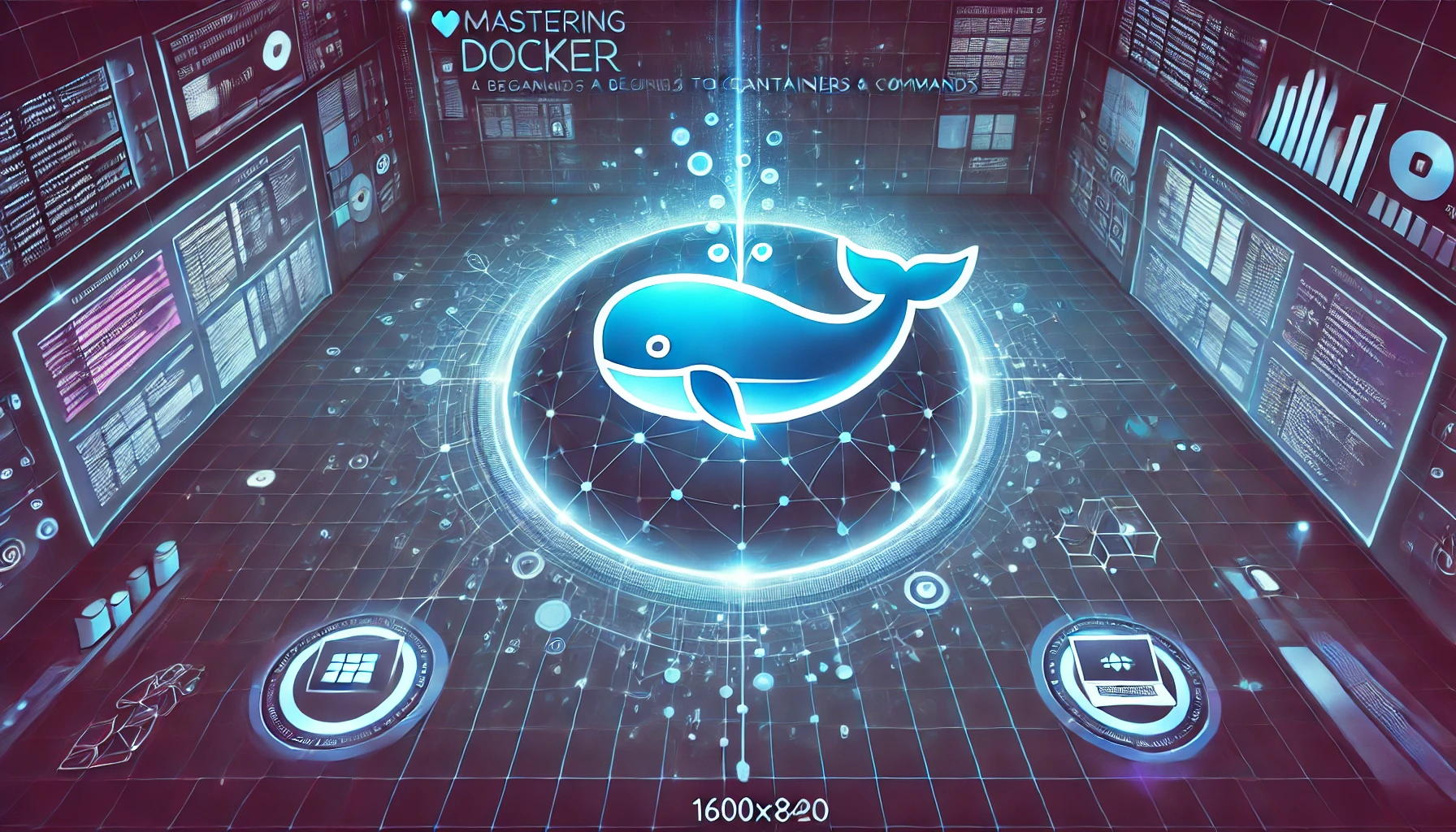🐳 Mastering Docker: What Is Docker ? And its working...
 Yashraj Garnayak
Yashraj Garnayak
🚀 What is Docker?
Imagine you have a lunchbox (container) 🍲. Inside, you pack your meal (application + dependencies), and it stays the same no matter where you take it. Whether at home, the office, or on a picnic, it works identically. That’s what Docker does for applications!
Docker is an open-source platform that lets developers package applications into containers to ensure they run the same way on any system.
💊 Why Use Docker? ✅ Eliminates the "It works on my machine" issue. ✅ Provides a consistent environment. ✅ Lightweight compared to Virtual Machines (VMs). ✅ Faster deployments with minimal overhead.
🚀 What is Docker Daemon?
Docker Daemon is the background service that manages Docker containers on a system. It listens for Docker API requests and handles container management, including creating, running, stopping, and removing containers.
Example Command to Check Docker Daemon Status:
systemctl status docker
🚀 What is a Docker Container?
A Docker container is a lightweight, isolated environment that packages an application and its dependencies. Containers share the host OS kernel, making them more efficient than Virtual Machines.
Example: Running an Nginx Container
docker run -d -p 8080:80 nginx
Explanation: Starts an Nginx container, making the web server available on localhost:8080.
📚 What is a Dockerfile?
A Dockerfile is a script containing instructions to build a Docker image.
🔄 Why Use a Dockerfile? ✅ Automates image-building. ✅ Standardizes deployments. ✅ Version-controlled infrastructure.
🔧 Writing a Dockerfile (Step-by-Step)
📝 Example Dockerfile for an Nginx Web Server
# 1️⃣ Choose a Base Image
FROM nginx:latest
# 2️⃣ Set Maintainer Information
LABEL maintainer="yourname@example.com"
# 3️⃣ Copy Application Files
COPY index.html /usr/share/nginx/html
# 4️⃣ Expose Ports
EXPOSE 80
# 5️⃣ Command to Run the Container
CMD ["nginx", "-g", "daemon off;"]
🔄 Explanation of Dockerfile Instructions
| Instruction | Purpose |
FROM | Sets the base image (e.g., ubuntu:latest) |
LABEL | Adds metadata (e.g., author, version) |
COPY | Copies files from host to container |
EXPOSE | Opens a port for external communication |
CMD | Defines the default command when the container starts |
🚀 Docker Commands Cheat Sheet
🚀 Basic Commands
Pull an Image
docker pull nginx
Explanation: Downloads the latest nginx image from Docker Hub.
List All Images
docker images
Explanation: Displays all downloaded images on the system.
Run a Container
docker run -d -p 8080:80 nginx
Explanation: Runs an Nginx container, mapping port 8080 on the host to port 80 in the container.
🛠️ Container Management
Stop a Running Container
docker stop <container_id>
Explanation: Gracefully stops a running container.
Remove a Container
docker rm <container_id>
Explanation: Deletes a stopped container from the system.
View Container Logs
docker logs <container_id>
Explanation: Displays logs of a running container.
List Running Containers
docker ps
Explanation: Shows all active containers.
Execute a Command Inside a Running Container
docker exec -it <container_id> /bin/sh
Explanation: Opens an interactive shell inside the running container.
🚀 What is Docker Compose?
Docker Compose is a tool for defining and managing multi-container Docker applications. Instead of running multiple docker run commands, you can define everything in a docker-compose.yml file and start all services with a single command.
Example docker-compose.yml
version: '3.8'
services:
web:
image: nginx
ports:
- "8080:80"
db:
image: mysql:5.7
environment:
MYSQL_ROOT_PASSWORD: example
Start All Services
docker-compose up -d
Explanation: Starts the Nginx web server and a MySQL database in separate containers with defined settings.
🚀 What is Docker Networking?
Docker networking allows containers to communicate with each other and external systems. Docker provides different network modes:
Types of Docker Networks:
Bridge (default) - Containers can communicate within the same network.
Host - Containers use the host machine's network directly.
Overlay - Used in multi-host Swarm environments.
None - No networking.
Macvlan - Assigns a MAC address to containers for direct network access.
Example: Creating a Custom Network
docker network create my_network
Explanation: Creates a custom bridge network for containers.
Connect a Container to a Network
docker network connect my_network my_container
Explanation: Now, my_container can communicate with other containers in my_network.
📊 Conclusion
Docker simplifies application deployment by packaging everything into lightweight, portable containers.
🛠️ Next Steps: Try writing your own Dockerfile, setting up a multi-container app with Docker Compose,distroless images and experimenting with Docker networks! 💪
Got questions? Drop a comment below! 🙋♂️
Subscribe to my newsletter
Read articles from Yashraj Garnayak directly inside your inbox. Subscribe to the newsletter, and don't miss out.
Written by
